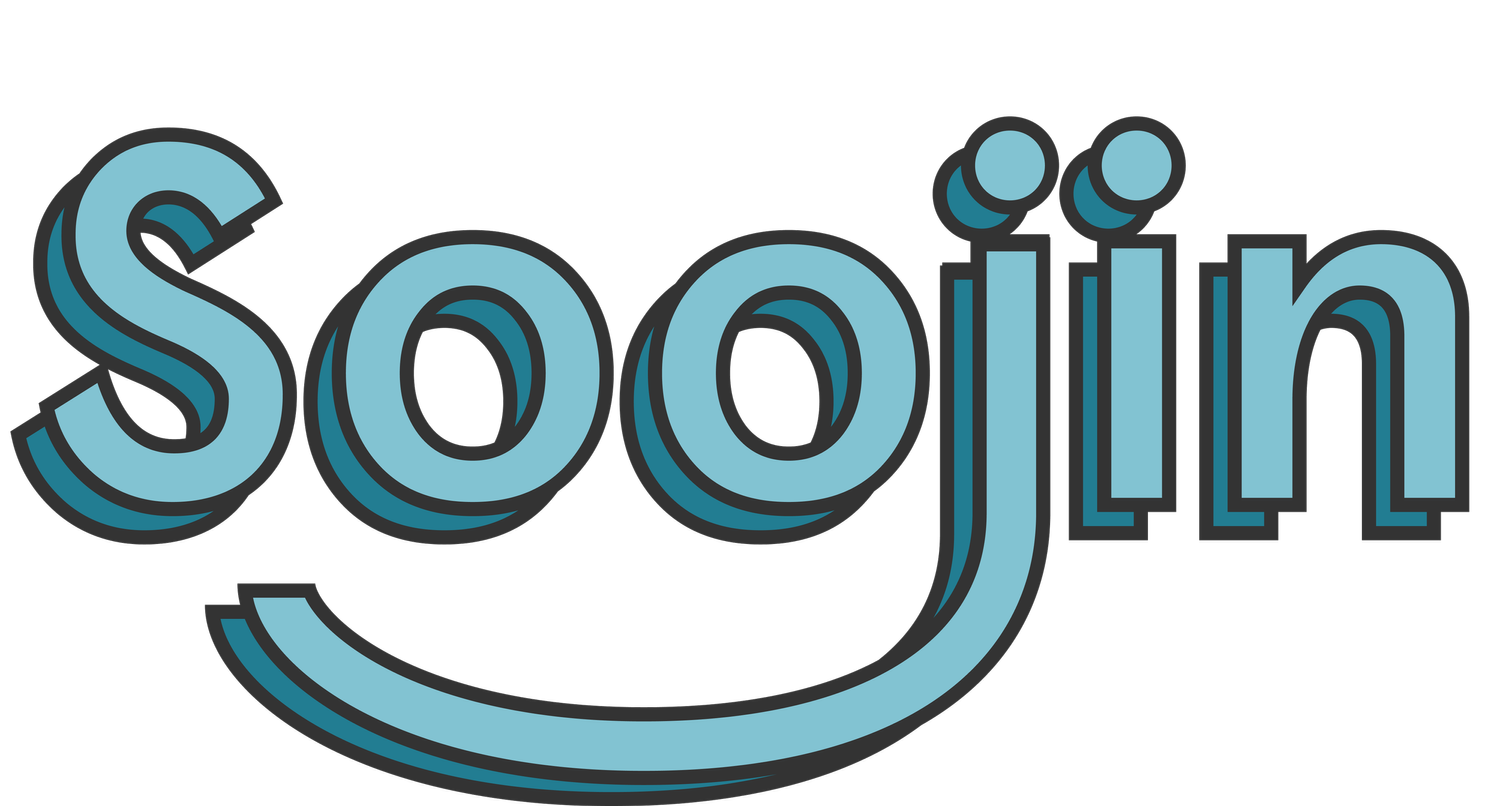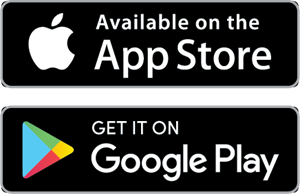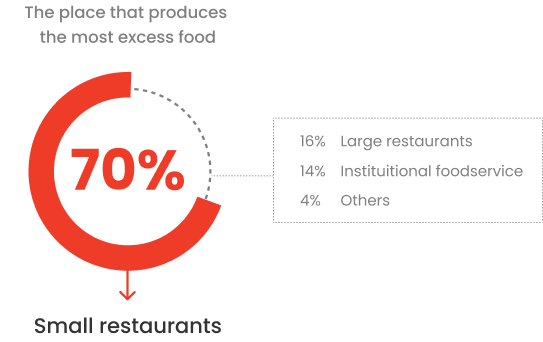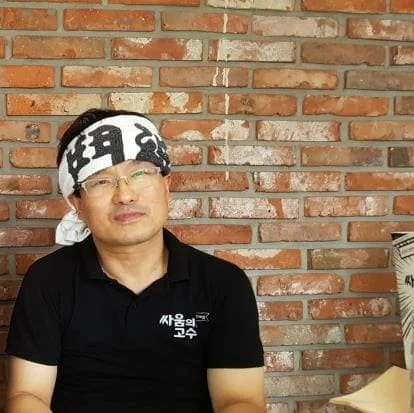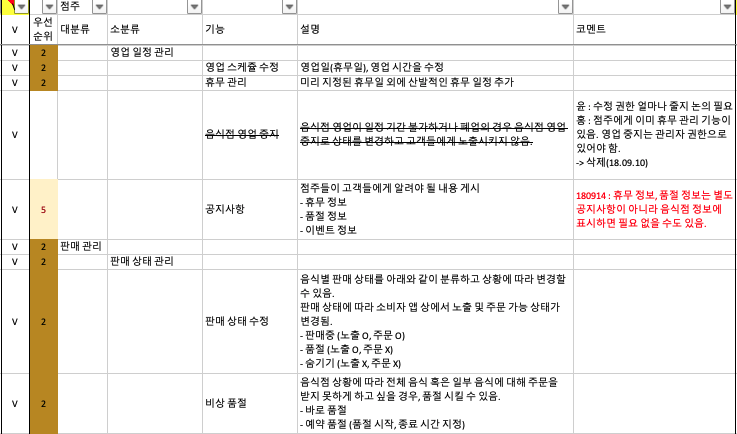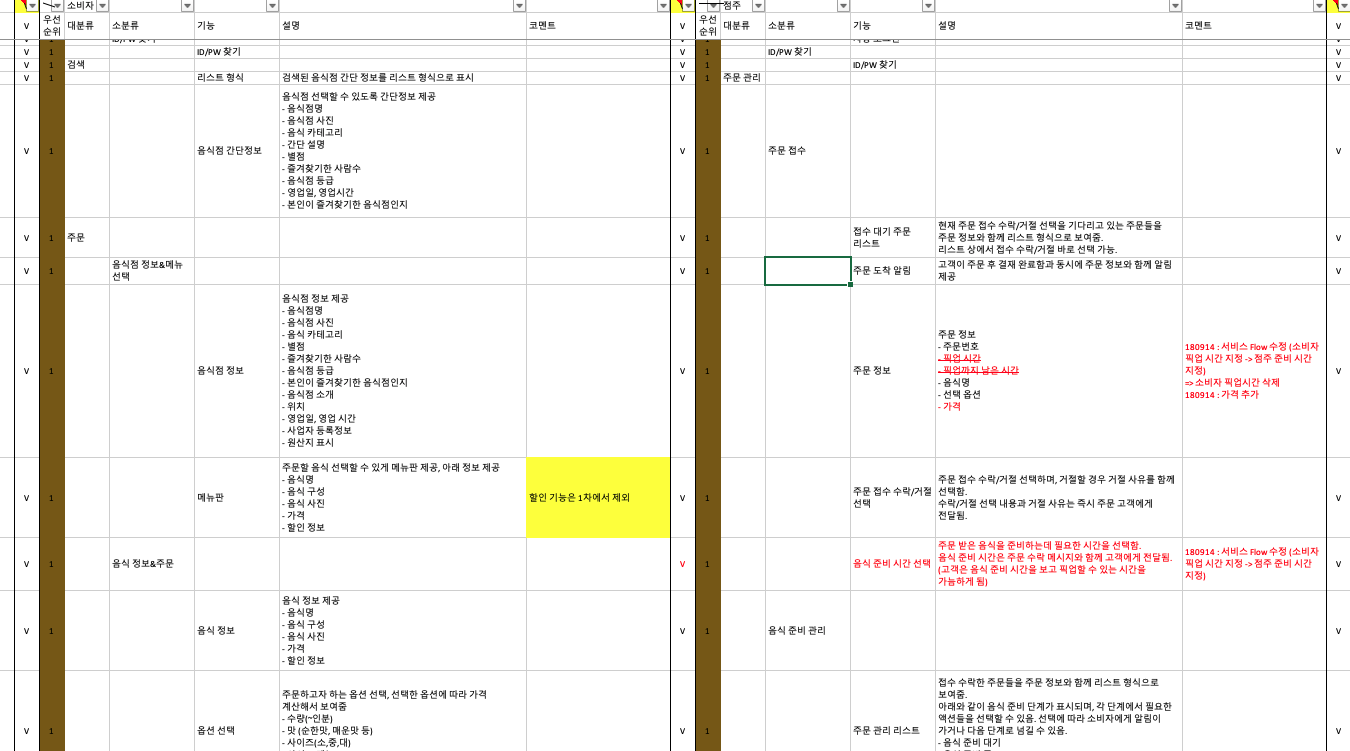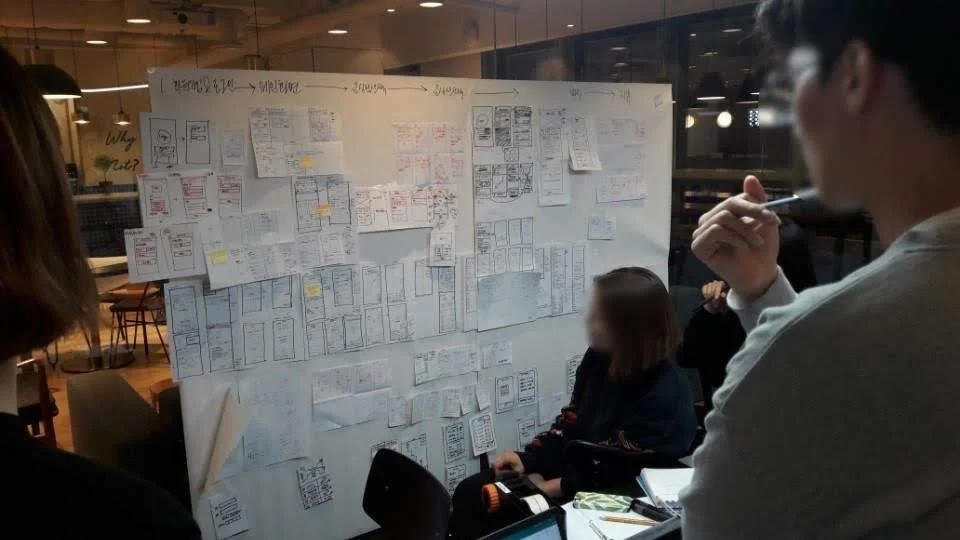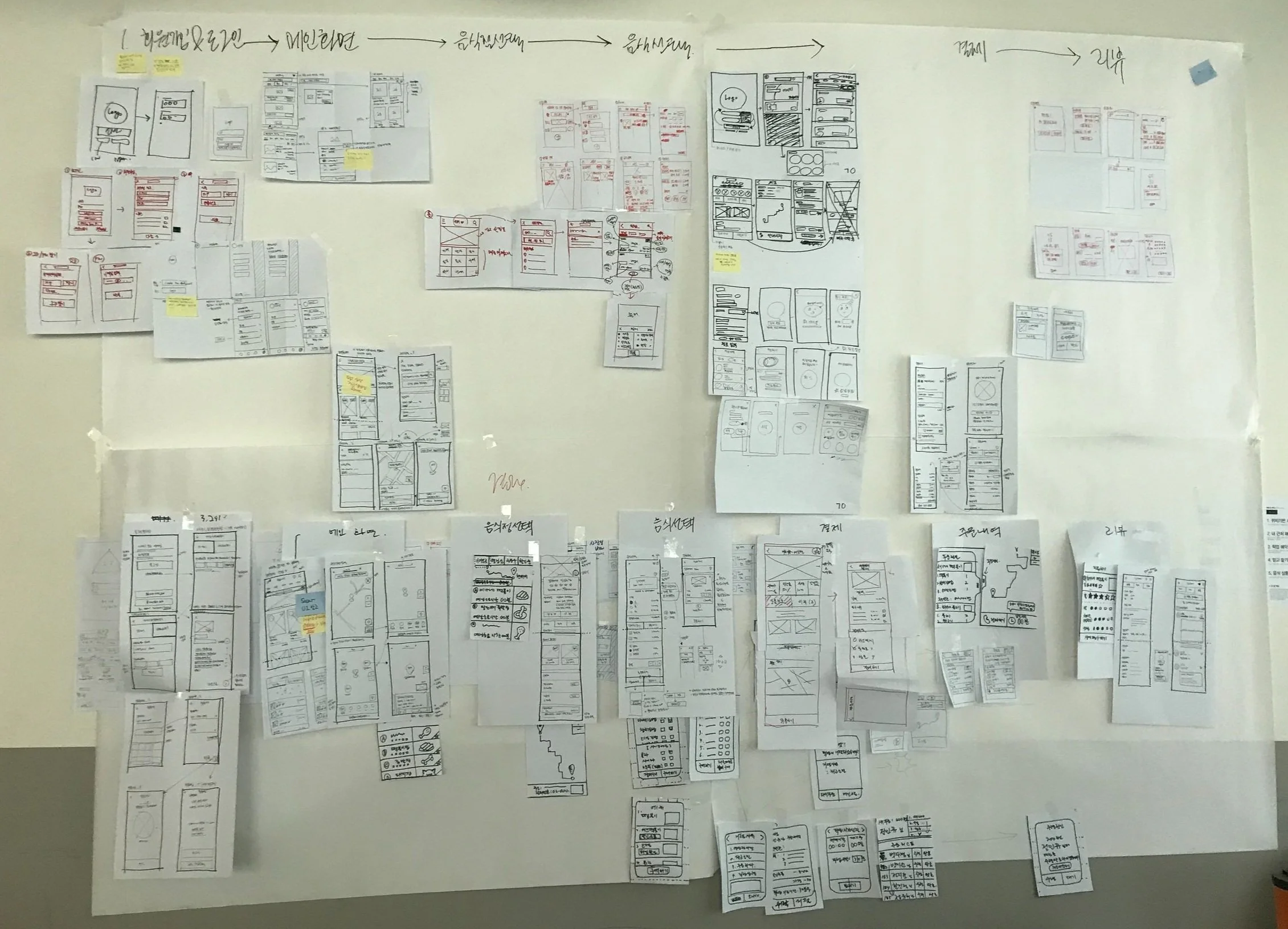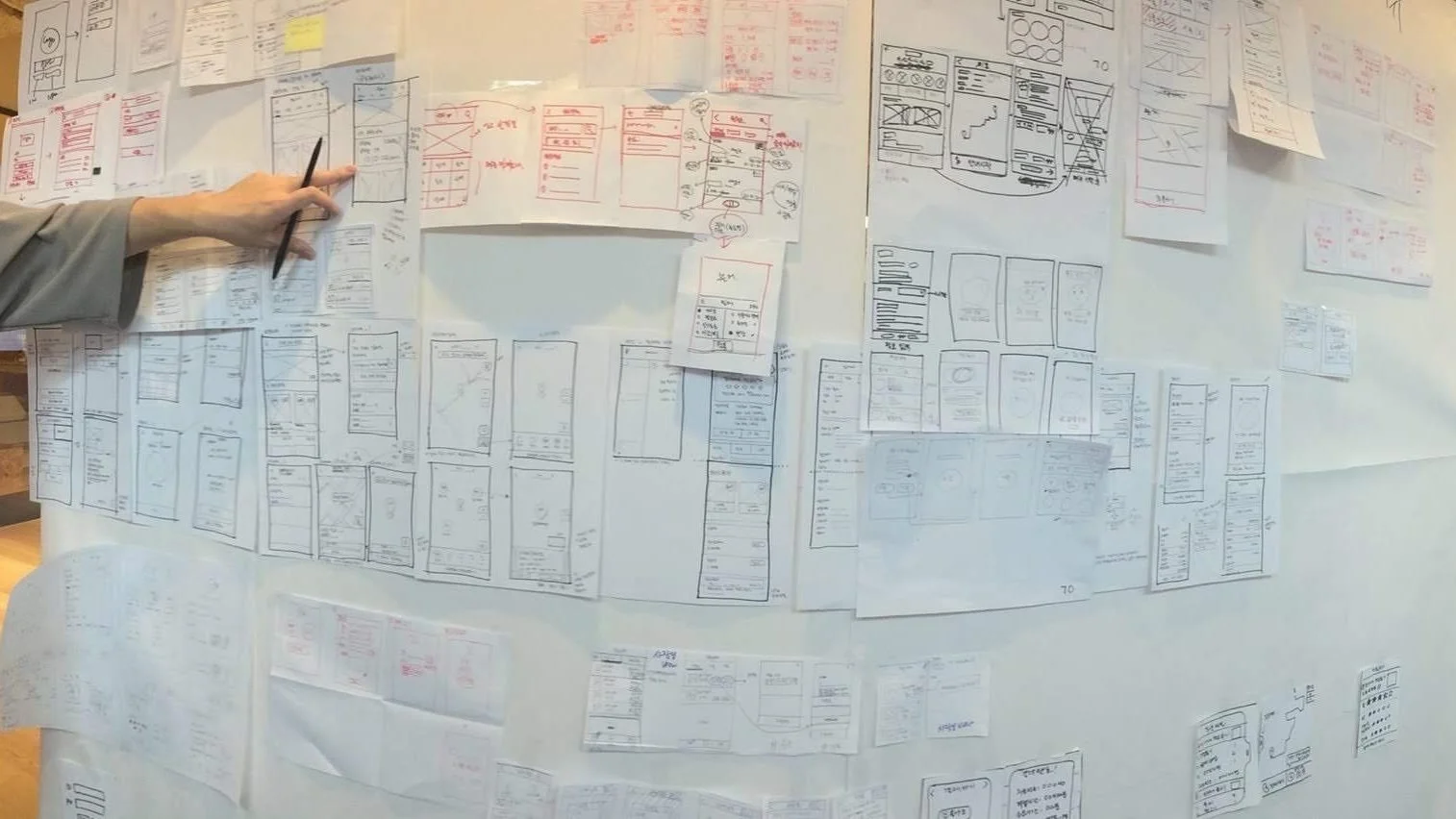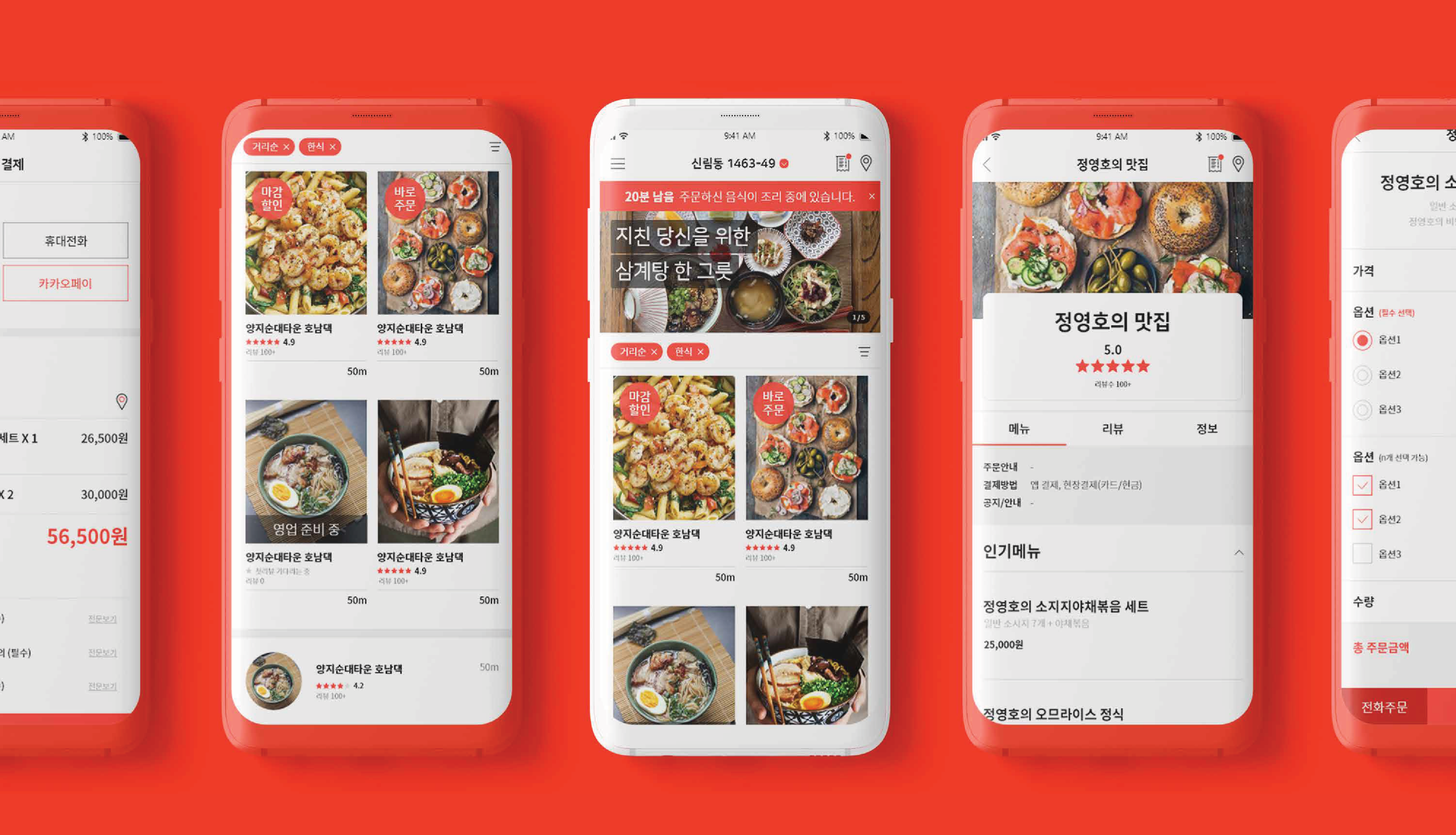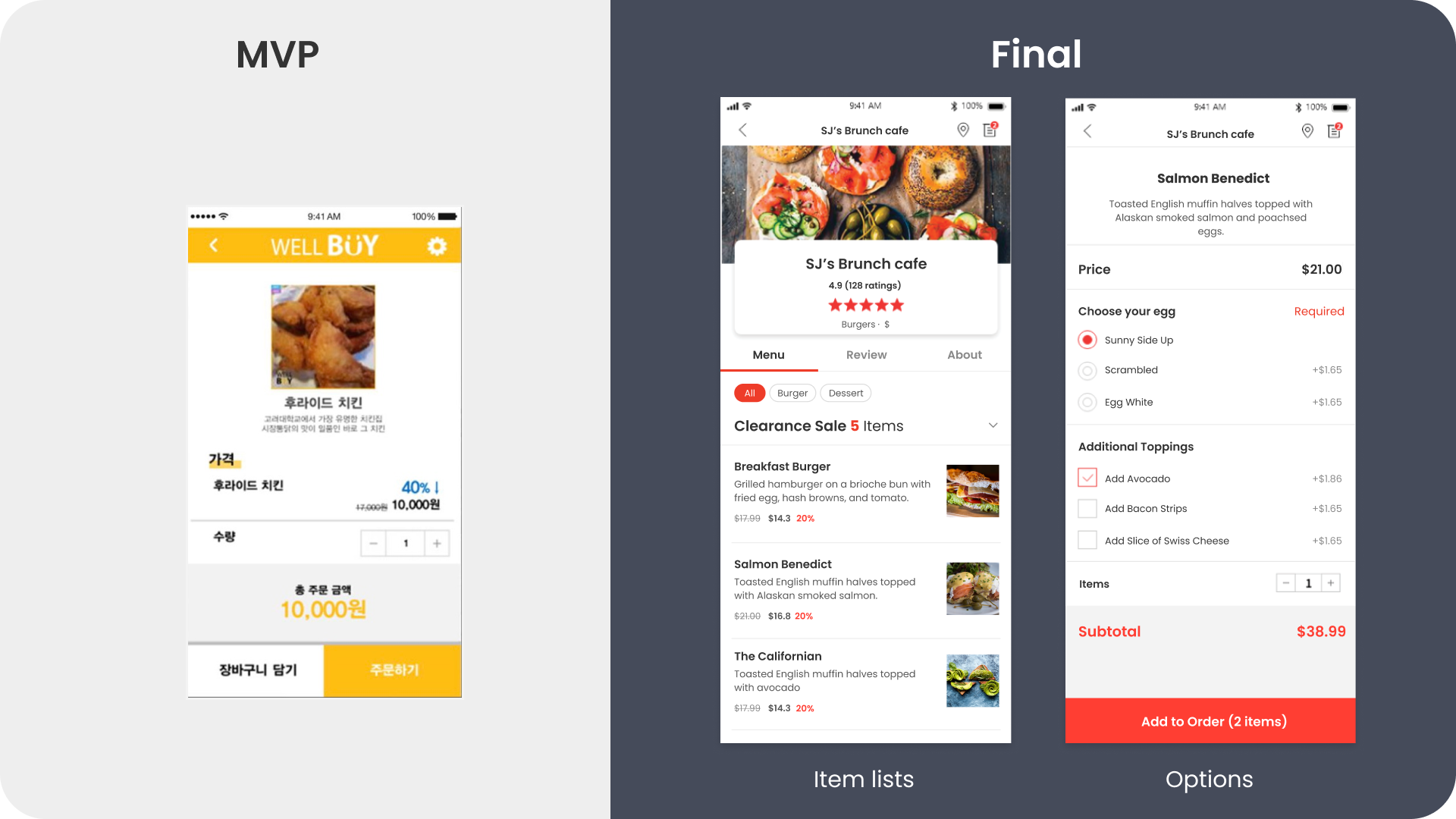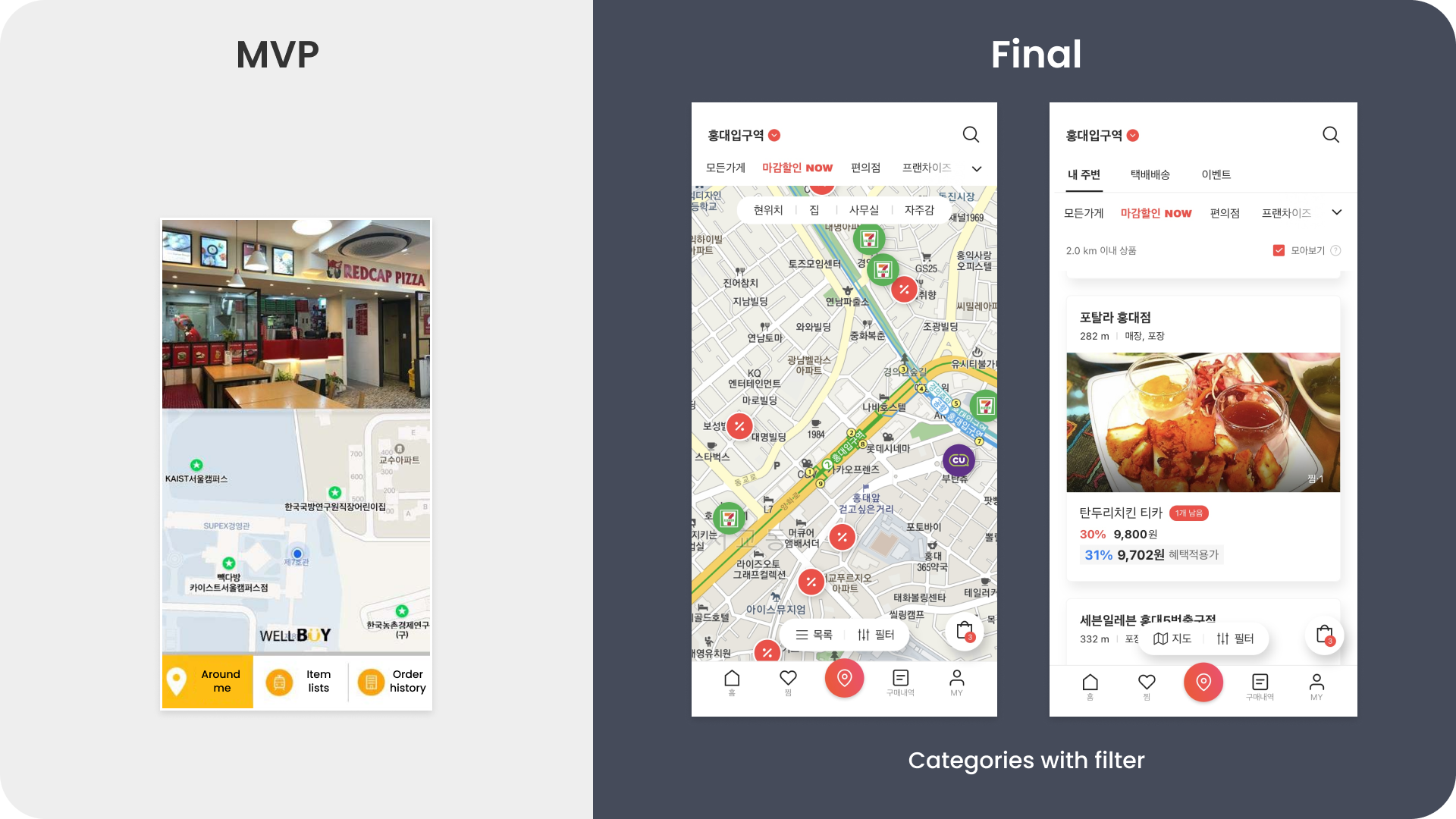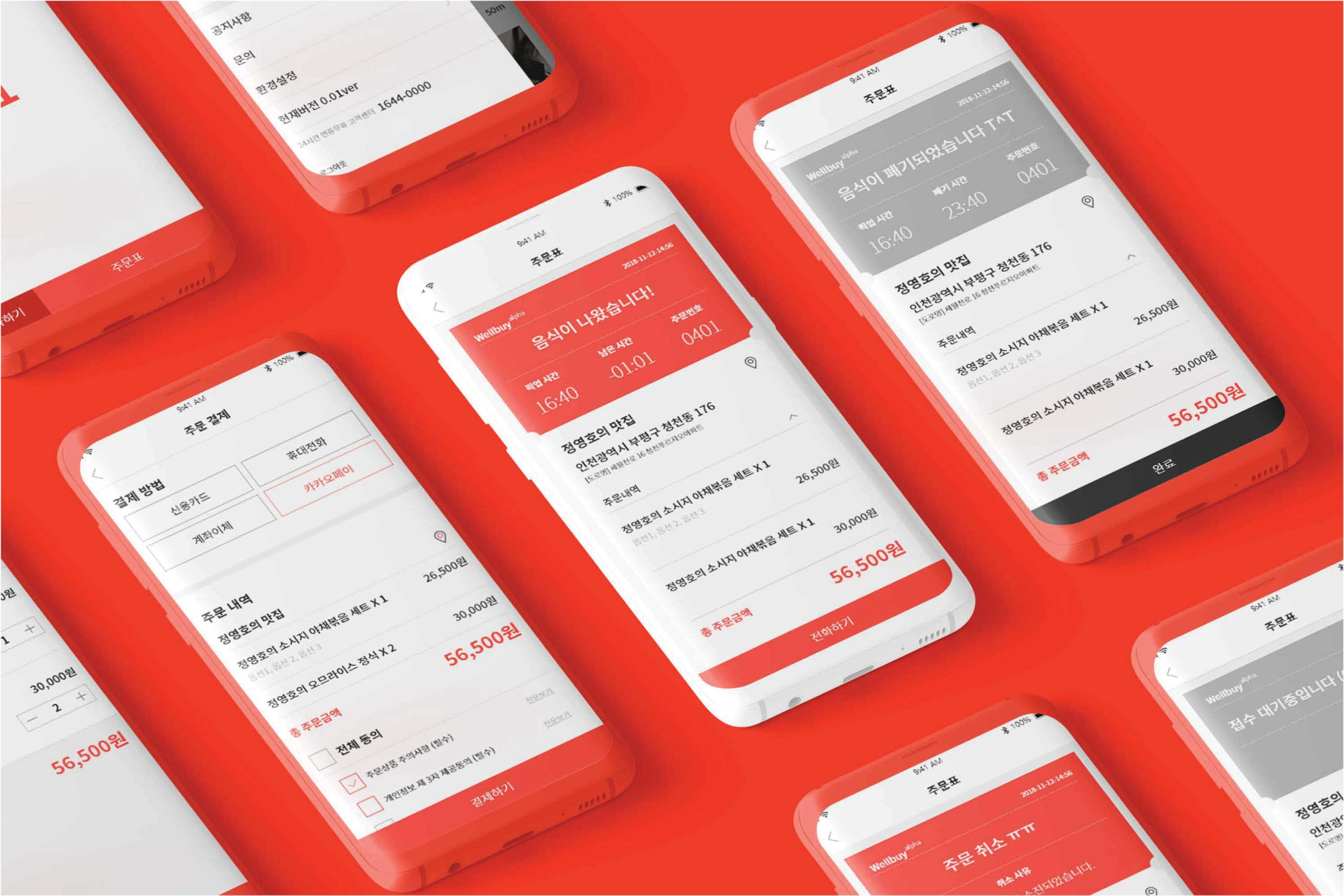Wellbuy
An App Connecting Customers to Discounted Surplus Food from Restaurants

Overview
Wellbuy, an innovative mobile application, bridges the gap between consumers and restaurants/stores with excess unsold food. Recently acquired by Last Order, this early-stage startup initially grappled with a clear service direction. I took the reins to steer its course, establishing a fresh product direction, conceptualizing novel features, and following end-to-end app design, thereby redefining Wellbuy's value proposition in the market.
Teammates
1 PM
3 UX Designers
2 Developers
Startup CEO
Duration
8 months in 2017
Role
UX Designer
UX Researcher
Android app design
MVP Testing

Wellbuy’s Mission
MORE THAN 1/3 OF FOOD IS WASTED
Roughly one-third of the food produced in the world for human consumption every year (approximately 1.3 billion tonnes) is lost or wasted. The price of food losses and waste amounts to roughly 680 billion USD in industrialized countries and US$ 310 billion in developing countries. Food waste happens in many walks of life, in large quantities from big restaurants to single homes not keeping leftovers; food waste is all around us.
Initial Direction
The initial app was designed to sell unsold vegetables and fruits, a decision made without understanding users’ needs.
“ I persuaded the leadership
to conduct user research, and through user research we were able to change direction”
Challenge
“ How can we reduce wasted food from restaurants? ”
We found the severe problem of wasted food that generating by small restaurants' surplus food. Our challenge was designing a platform that can help to reduce surplus food waste in small restaurants
Solution
“ Clearance Sale to minimize surplus unsold food ”
We designed a platform to minimize surplus food that helps reduce food waste through clearance sales. wellbuy connects customers and small restaurants. wellbuy not only helps restaurant owners make an additional income by selling surplus foods but also helps customers save food expenses by buying clearance sale food. Ultimately, wellbuy help reduces food waste in the world.
Impact
We performed two MVP tests with Wellbuy application with our potential users twice to validate our concept. These potential users include college students and small restaurant owners. As a result, the number of transactions increased by 10.7. Moreover, 495% increase in sales in 15 days (June 30 - July 14).
Key Service
Connect restaurant owners who want to sell daily surplus food before closing the restaurant
and customers who want to buy high-quality food with clearance sales.
How this will work for Customers?🙋♀️
Consumer: Purchase discounted food
Customers can set locations to see restaurants near them or select their favorite restaurants to receive clearance sale notifications. They get to explore the discounted items and can order food to pick up. Customers purchase discounted food in the Main > Clearance sale lists > Add items > Selected items > Payment. They can check order numbers and estimated pick-up time in the order detail.
How this will work for Restaurant owners? 👨🏼🍳
Restaurant owner: Order received & Final settlement
Small restaurant owners can send clearance sale notifications to customers when they want. When they receive the order, they can set an estimated cook time.
How we got there
Design Process
Research Detail
1) Secondary Research
I researched reports to understand where surplus food mainly comes from. Based on reports, I found that 70% of surplus food is produced from small restaurants.
2) Interview
We conducted interviews with 50 small restaurant owners.
Through interview insights, we found that 36 out of 50 (72%) small restaurants produce surplus food in a similar pattern.
The pattern of producing surplus food
We analyzed the pattern of generating surplus food in small restaurants based on our interview insights. We found two problems when restaurant owners produce food.
First, they prefer to have surplus food rather than sold out all food before closing time. Therefore, they are producing 10% more than the estimated demand.
Second, they couldn’t sell the surplus food they produced before closing time.
3) Survey to set Target users
To define our target user, we performed an online survey. We asked which target user group is willing to purchase surplus food at discounted prices. Based on 107 responses, we found that college students are our potential user group.
College students are filling burdened by paying too many costs for food expenses. They wanted to save on food expenses.
Q. How much are you willing to purchase close-to-death discount foods?
(5 scales)
Persona
1) Small restaurant’s owner
2) Customer
MVP Tests
We performed twice minimum viable product (MVP) testing with 208 potential users to prove our new service concept and check consumer demand. We evaluated the order-discounted unsold food and pick-up features with restaurant owners and target user groups.
MVP Test Results
Customer (22, University student)
“ I ordered food after waiting for a notification of the restaurant closing discount on the Wellbuy app. It was burdensome because I usually spend a lot of money on food, but using Wellbuy could save money on food. Moreover, it is very convenient even for the first time because I can pick up food at a reserved time in advance through the app. “
“ Satisfied with the low price, convenience, and good quality of food. ”
Restaurant owner (42, Restaurant owner near University)
“ I can make an additional income by selling surplus foods through clearance sales. Moreover, I can send clearance sale notifications to Wellbuy app users not only at closing time but also I can send it whenever I want. “
“ Satisfied with additional income by selling surplus food ”
After the MVP test, we interviewed the participants to learn about their experience with Wellbuy.
MVP Test Impact
Wellbuy's regular subscribers increased 8.5 times in 20 days. Subscribers can receive clearance sale notifications from the Wellbuy mobile application.
Design Process
Defined high-prioritized features
With two MVP testing we were able to confirm customer demand for wellbuy. Also, we defined high prioritized features and required additional features to improve wellbuy application.
Defined prioritize required features (1 - 5 scales)
→
Chose the most high prioritized features
We defined the necessary functions from the customer's point of view and the restaurant owner's point of view in ranks from 1 to 5. We have organized the functions according to major categories, sub-categories, descriptions, and priorities.
We defined the most high prioritized features. With these high prioritized features, we started to create wireframes and tested.
Information Architectures and Wireframes
We analyzed high prioritized required features for customers and restaurant owners. Based on analyzed insights, we created user flow and wireframes.
Low fidelity wireframes and user flow
Design Iteration
Lo-Fi
First, we created paper wireframes and prototypes.
Mid-Fi (MVP Tests)
We designed the mid-fidelity prototype and conducted two MVP test to validate our concept and usability.
Hi-Fi
Based on insights from MVP tests and interviews, we defined high prioritized features. After that, we iterated the app design.
Final Design & User Flow
Restaurant owner👨🏼🍳
Customer 🙋♀️
The Latest news
Recently the startup Wellbuy was acquired by Last Order Company, a preliminary social enterprise.

Social Impact
When 1,000 wellbuy stores are opened,
346 tons of food waste will be reduced for one year and food resources will be saved by 1 million US$.
Key Takeaways
Build trust with our users
To interview restaurant owners, we had to gain their trust in them. When we asked for interviews with restaurant owners, they were refused interviews and didn’t want to learn about our service at the beginning. However, we visited the restaurants as customers and put effort into being close to them. Finally, they started to trust us and were able to conduct interviews with them. Furthermore, they initiated to join our service when it launched.
Consider multiple scenarios with different target users in one product
We had to consider two different target users for one product. Therefore, I learned about business and customer perspective user flows.
